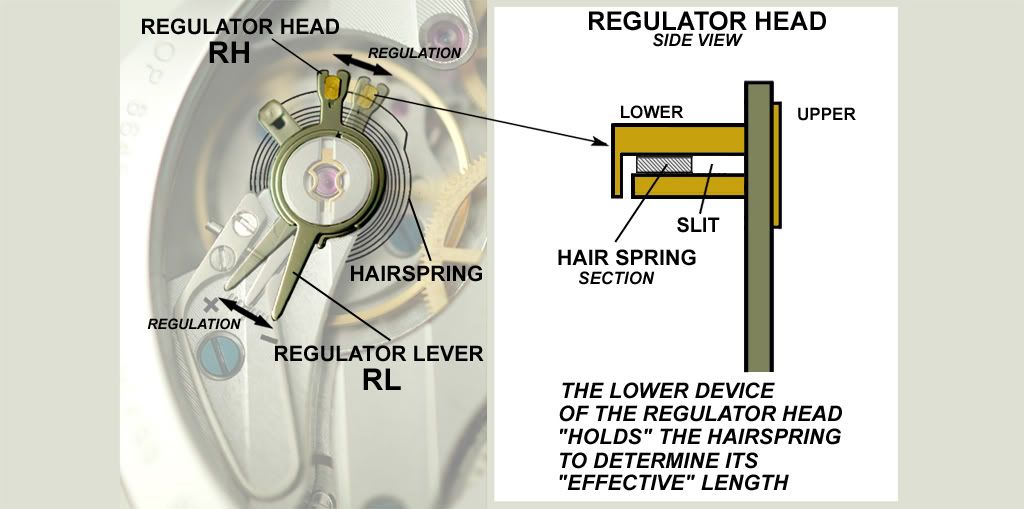Brilliant idea ! Make it waterproof as well so you can use it to look at maps when hiking, place phone calls outside, etc...I would be interested in a device that combines some smartphone features with dumbphone battery life, as a companion device for the Pandora/Pyra.
E.g. something with a large (5-6" or so) e-ink screen that consumes nearly no power, a built-in decent camera which can also be used as a USB camera. It would have a weak/power-friendly cpu, with little RAM and little persistent storage. You would tether it to your Pyra via bluetooth (most of the time) or USB (when bluetooth is too slow, e.g. when using it as a camera), and it would use the Pyra's cellphone connection for making calls (it would basically be a bluetooth headset). You could use it as an extra screen for the Pyra, useful in bright daylight, when black&white is good enough (e.g. when reading a book or a Wikipedia article), or when an extra screen is useful (e.g. to show a PDF manual or game walkthrough). It could be used as a webcam for videoconferencing (perhaps it could clip onto the Pyra lid in some clever way so that the camera faces the Pyra user), or as a regular camera (using the Pyra screen to see what you're aiming at).
So basically it would be a compact e-reader with built-in camera and mic/speaker. Does that exist already?
Honestly, a Pyra + the device you are describing would be the alpha and omega of mobile computing. Ideally the companion device should be charged only once a week.


 Yes I've put thought into this.
Yes I've put thought into this.